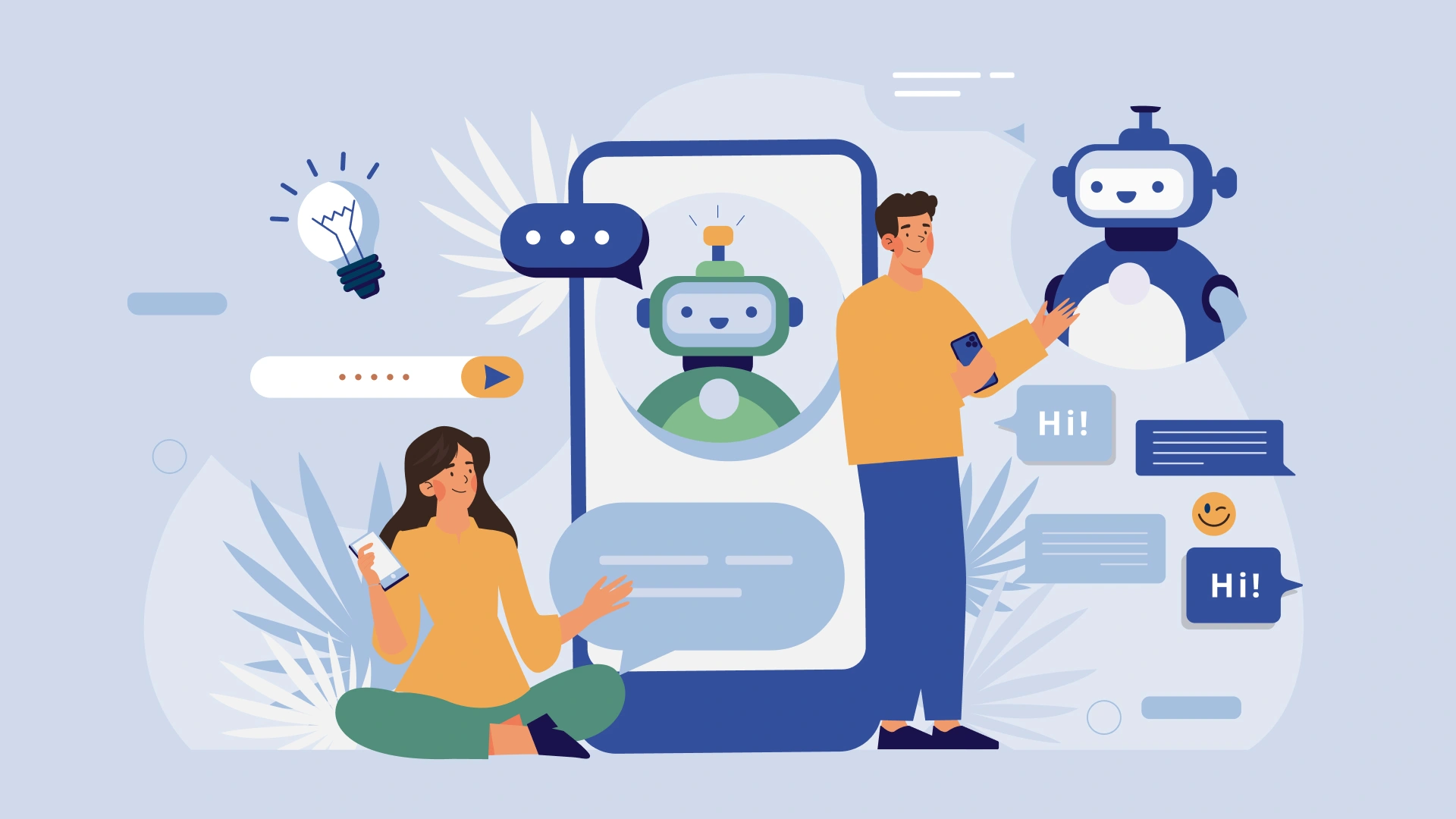In an era defined by instant communication and digital convenience, AI chatbots have emerged as essential tools for businesses looking to streamline operations, improve customer support, and drive engagement. From healthcare and finance to retail and education, industries are rapidly embracing AI chatbot development to deliver personalized, real-time experiences.
Whether you’re a startup founder, enterprise leader, or tech enthusiast, this complete guide walks you through everything you need to know to transform a chatbot concept into a fully functional solution.
1. What Is AI Chatbot Development?
AI chatbot development is the process of designing and building intelligent virtual assistants that use artificial intelligence and natural language processing (NLP) to simulate human-like conversations. These chatbots go beyond basic scripted replies and can understand context, intent, and even emotions in some cases.
Key Components of an AI Chatbot:
- Natural Language Processing (NLP): Enables the bot to understand user queries.
- Machine Learning (ML): Helps the bot improve responses over time.
- Conversational Design: Ensures the interaction feels natural and intuitive.
- Integration Frameworks: Connects the bot with external services like CRMs, APIs, and databases.
2. Why Build an AI Chatbot in 2025?
In 2025, AI chatbots are no longer just “nice-to-haves”—they’re strategic business assets. Companies are leveraging chatbot solutions to cut costs, scale customer support, improve lead generation, and automate repetitive workflows.
Benefits of AI Chatbots:
- 24/7 customer service
- Reduced operational costs
- Increased customer satisfaction
- Improved lead qualification
- Better user engagement and retention
3. From Idea to Execution: The Chatbot Development Process
Here’s a step-by-step look at how to take your chatbot idea and turn it into a functional AI-driven tool.
Step 1: Define the Purpose and Goals
Ask yourself:
- What specific problems will the chatbot solve?
- Who is the target audience?
- What channels will the chatbot support (website, mobile app, WhatsApp, etc.)?
Step 2: Choose the Right AI Technology
Select the right tools and frameworks based on your goals. Some popular platforms include:
- Google Dialogflow
- Microsoft Bot Framework
- IBM Watson Assistant
- Rasa (Open Source)
- OpenAI GPT models for conversational intelligence
Step 3: Design the User Experience
Design conversational flows with a user-first approach. Keep the language natural, responses concise, and ensure fallback options for when the bot doesn’t understand.
Step 4: Train the AI Model
Feed your chatbot with real user data, common queries, intents, and contexts. Use supervised learning to improve its response accuracy.
Step 5: Integrate with Your Ecosystem
Connect your chatbot with your CRM, helpdesk, eCommerce systems, or knowledge base to deliver contextual responses.
Step 6: Test and Iterate
Before going live, thoroughly test the chatbot across different scenarios. Use analytics to monitor performance and iterate continuously.
4. Use Cases Across Industries
AI chatbot development can be tailored for various use cases across industries:
- Healthcare: Appointment scheduling, symptom checks, and patient FAQs
- Retail & eCommerce: Product recommendations, order tracking, returns
- Banking & Finance: Balance inquiries, fraud detection, and loan application support
- Education: Enrollment support, student queries, course recommendations
- Travel & Hospitality: Booking assistance, travel updates, customer support
5. Key Trends in AI Chatbot Development (2025 Edition)
Staying ahead in chatbot development means watching the evolving landscape. In 2025, some of the key trends include:
- Voice-Enabled Chatbots: Integrating with voice assistants like Alexa and Google Assistant.
- Multilingual Bots: Supporting diverse customer bases with localized conversations.
- Emotion AI: Bots that can detect and respond to user emotions.
- Hyper-Personalization: Using AI to customize user interactions based on preferences and behavior.
- Low-Code/No-Code Platforms: Allowing non-developers to build and deploy intelligent bots.
6. Measuring Success: KPIs to Track
To ensure your chatbot delivers value, track these key performance indicators:
- First Contact Resolution (FCR)
- Customer Satisfaction Score (CSAT)
- Average Handling Time (AHT)
- User Retention Rate
- Conversion Rates
Final Thoughts
AI chatbot development in 2025 is more than a tech trend—it’s a strategic investment. Whether you’re automating customer support, streamlining sales, or engaging users at scale, a well-built chatbot can deliver lasting business value.
From ideation and design to execution and optimization, developing an AI chatbot involves careful planning, the right technology stack, and a deep understanding of user behavior. With the right approach, you can create a solution that is not just smart but transformative.





